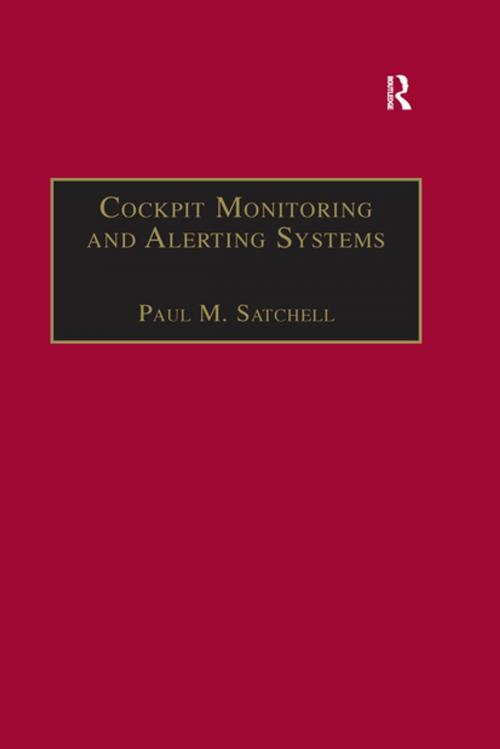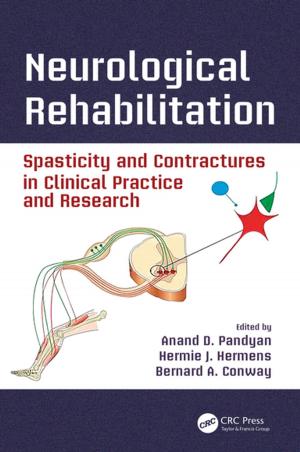Cockpit Monitoring and Alerting Systems
Nonfiction, Science & Nature, Technology, Aeronautics & Astronautics| Author: | Paul M. Satchell | ISBN: | 9781351950770 |
| Publisher: | CRC Press | Publication: | December 5, 2016 |
| Imprint: | Routledge | Language: | English |
| Author: | Paul M. Satchell |
| ISBN: | 9781351950770 |
| Publisher: | CRC Press |
| Publication: | December 5, 2016 |
| Imprint: | Routledge |
| Language: | English |
While monitoring of computer-controlled systems is widespread, it is critically important in the cockpit of current passenger aircraft. Such monitoring requires special vigilance for those rare untoward events, which may be new to the pilot and which can have devastating consequences. This book uses a multidisciplinary approach to address this problem of sustaining attention while monitoring. It outlines and explains alternative ways of viewing the processes needed to prevent Human Factors accidents; it examines the use and limitations of cockpit resource management programmes in inducing behavioural and attitudinal changes appropriate for highly automated flight decks. The author’s approach deals rigorously with the physiological mechanisms underlying vigilance, arousal and stress, delineating clearly those that are relevant to the monitoring function. The three parts cover: monitoring problems and processes; monitoring measurement and alerting systems; and monitoring management. In the last part the author details management plans and guidance for monitoring assisted systems based on his understanding of the problems of continued human vigilance. Readership: pilots and training pilots; cockpit resource management groups; monitoring management specialists; university aviation departments; road and rail transport groups; those operating nuclear and large process installations.
While monitoring of computer-controlled systems is widespread, it is critically important in the cockpit of current passenger aircraft. Such monitoring requires special vigilance for those rare untoward events, which may be new to the pilot and which can have devastating consequences. This book uses a multidisciplinary approach to address this problem of sustaining attention while monitoring. It outlines and explains alternative ways of viewing the processes needed to prevent Human Factors accidents; it examines the use and limitations of cockpit resource management programmes in inducing behavioural and attitudinal changes appropriate for highly automated flight decks. The author’s approach deals rigorously with the physiological mechanisms underlying vigilance, arousal and stress, delineating clearly those that are relevant to the monitoring function. The three parts cover: monitoring problems and processes; monitoring measurement and alerting systems; and monitoring management. In the last part the author details management plans and guidance for monitoring assisted systems based on his understanding of the problems of continued human vigilance. Readership: pilots and training pilots; cockpit resource management groups; monitoring management specialists; university aviation departments; road and rail transport groups; those operating nuclear and large process installations.















